“Monarch Butterflies” by Ann Hobbie is a beautifully illustrated and informative book that takes readers on an enchanting journey through the life cycle and migration of one of nature’s most fascinating creatures. This book delves into the remarkable story of monarch butterflies, from their humble beginnings as tiny eggs on milkweed leaves to their transformation into magnificent orange and black winged adults.
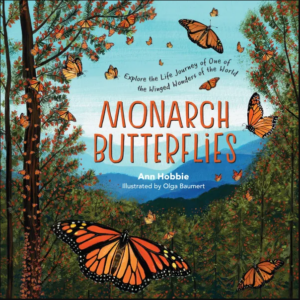
Life Cycle of the Monarch Butterfly
Ann Hobbie meticulously details each stage of the monarch butterfly’s life cycle, providing captivating insights into their development. Readers will learn about:
- Egg Stage: The story begins with the female butterfly laying her eggs on milkweed plants, which serve as the primary food source for the larvae.
- Larva Stage: The eggs hatch into tiny caterpillars, which grow rapidly as they feast on milkweed leaves.
- Pupa Stage: After reaching a certain size, the caterpillars form a chrysalis, within which they undergo a miraculous transformation.
- Adult Stage: Finally, the adult butterflies emerge, ready to take flight and continue the cycle.
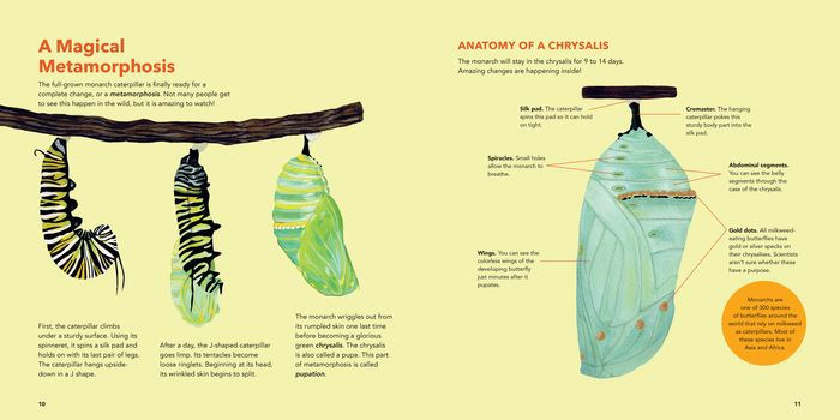
Migration and Conservation
One of the most extraordinary aspects of monarch butterflies is their incredible migration. Hobbie explores the arduous journey these butterflies undertake, traveling thousands of miles from North America to central Mexico. She highlights the challenges they face along the way, including habitat loss and climate change.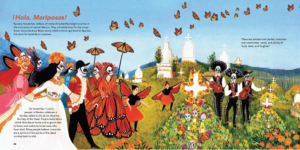
The book also emphasizes the importance of conservation efforts to protect monarch butterflies and their habitats. Hobbie provides practical tips and suggestions for how individuals can contribute to the preservation of these beautiful insects, such as planting milkweed and creating butterfly-friendly gardens.
Illustrations and Educational Value
The vibrant illustrations by Olga Baumert bring the text to life, making the book visually appealing for readers of all ages. The clear, concise language and engaging narrative make it an excellent educational resource for children and adults alike.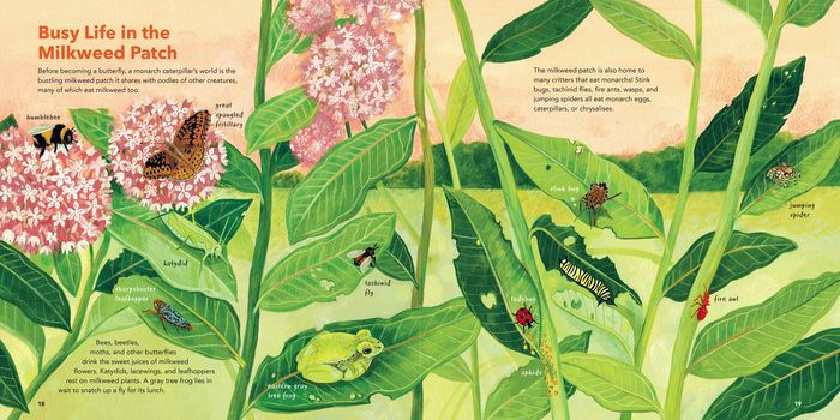
Conclusion
“Monarch Butterflies” by Ann Hobbie is a delightful and informative read that inspires awe and respect for these remarkable insects. It serves as both a celebration of the beauty of monarch butterflies and a call to action for their conservation. This book is a must-read for nature enthusiasts, educators, and anyone interested in learning more about the natural world.





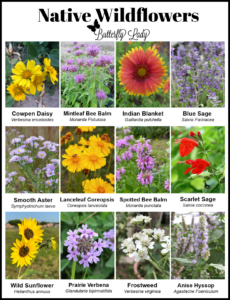

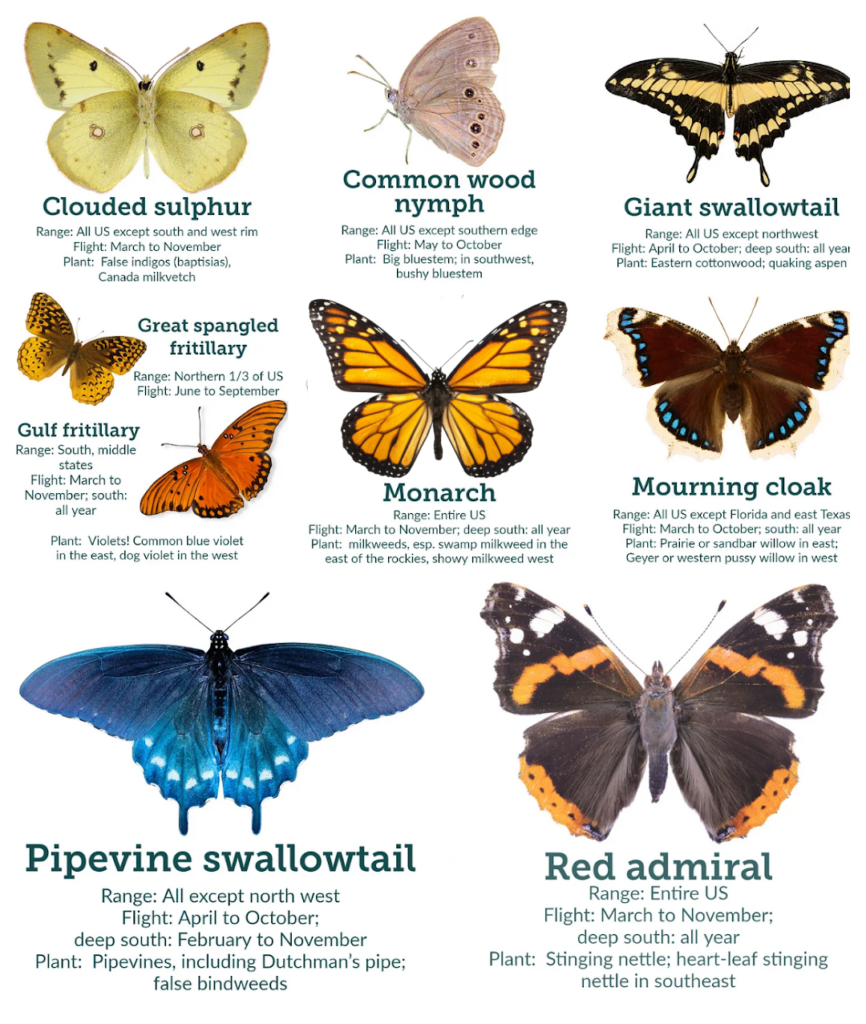
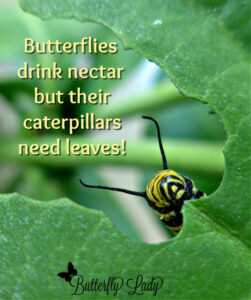


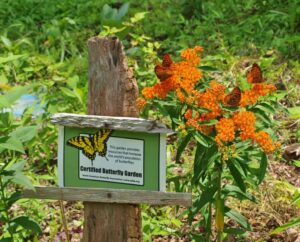
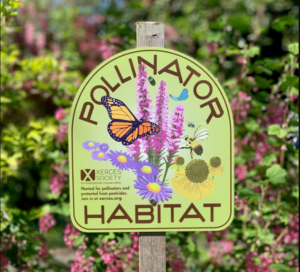

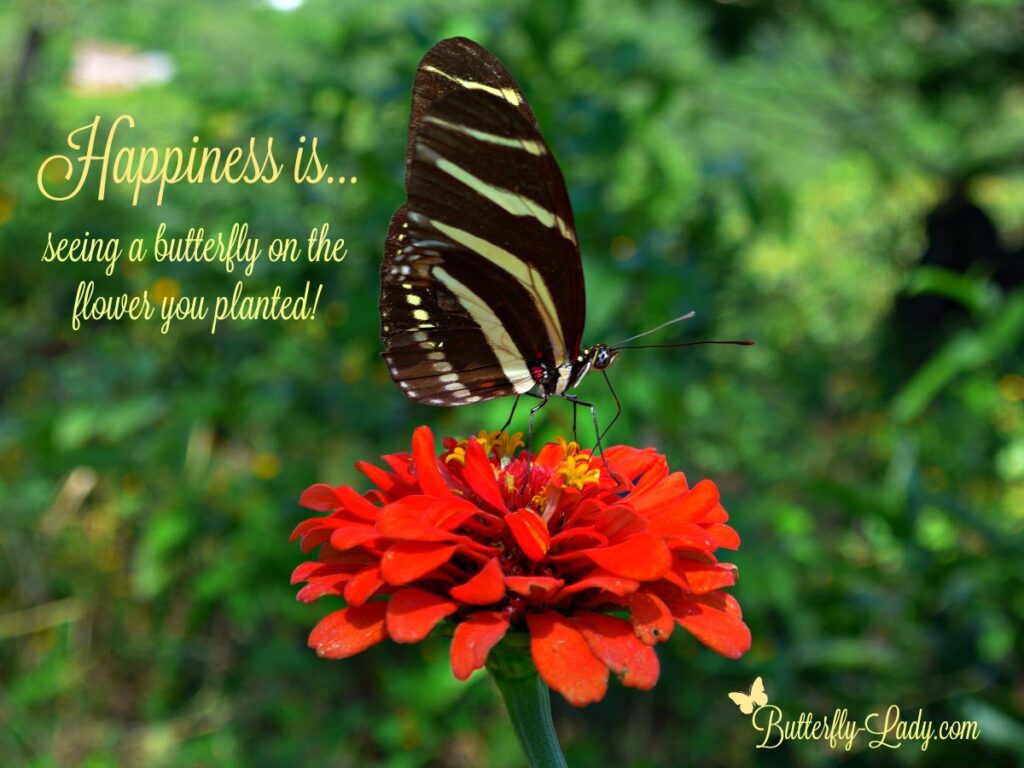



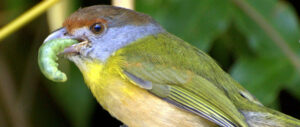





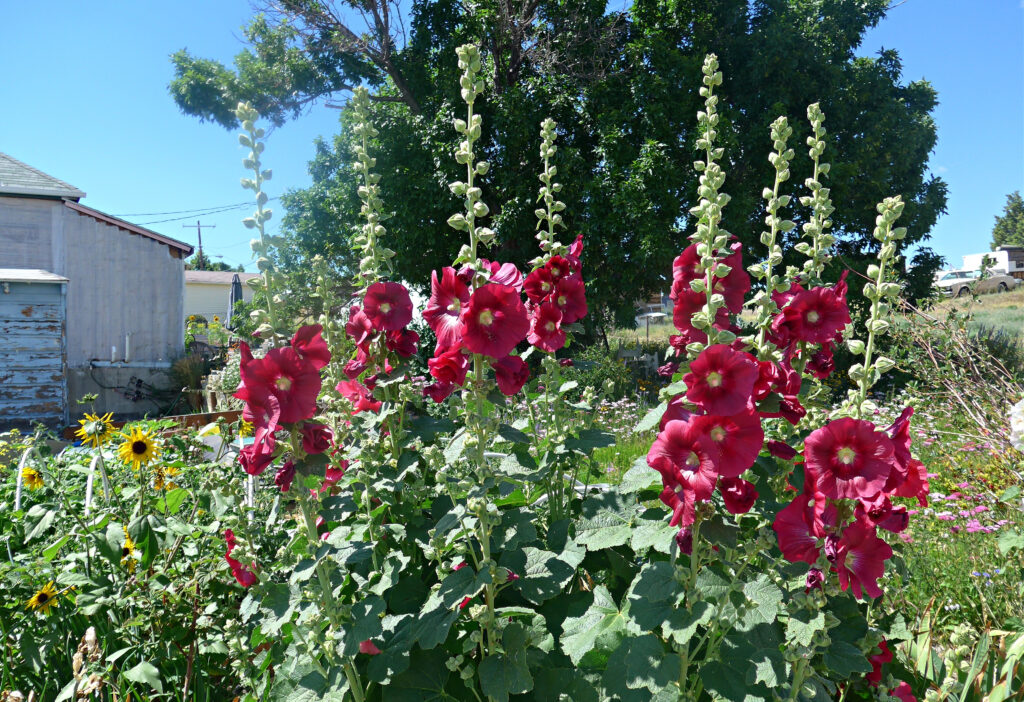

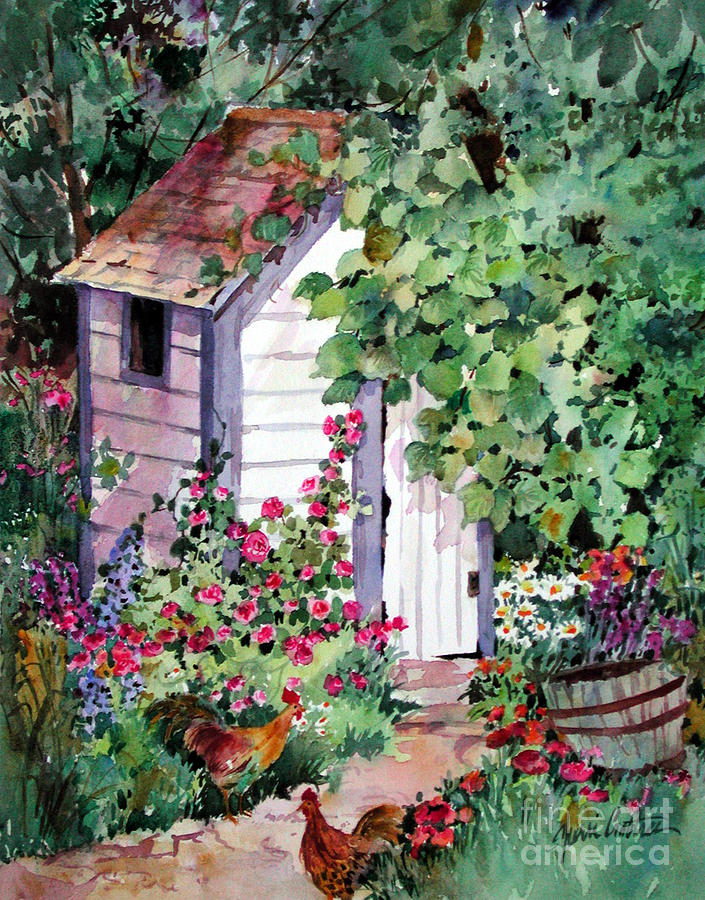

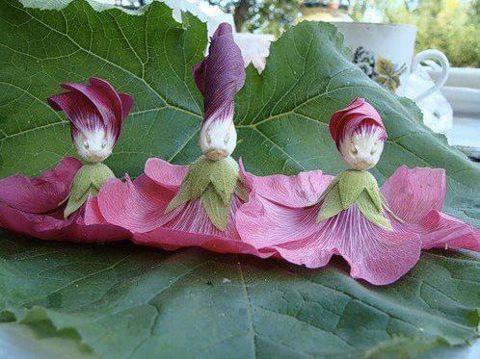 Growing hollyhocks from seeds is a rewarding process that can add a lovely touch to your garden. Here’s a step-by-step guide to help you get started:
Growing hollyhocks from seeds is a rewarding process that can add a lovely touch to your garden. Here’s a step-by-step guide to help you get started:


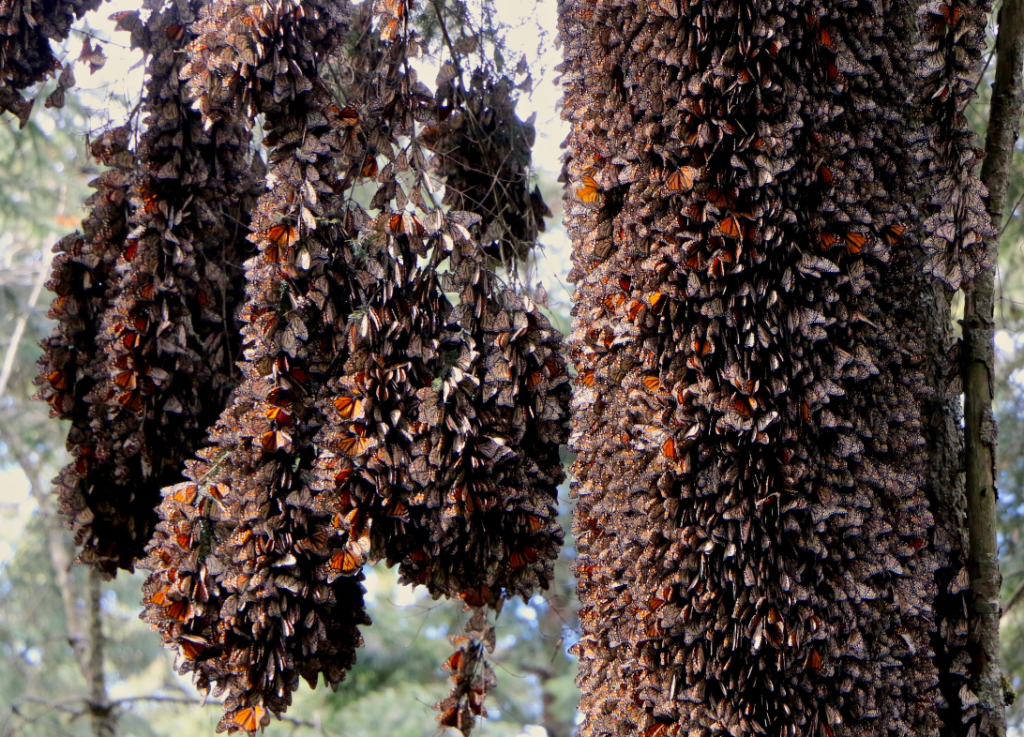 The next day down in the village of Macheros we saw monarchs flying everywhere looking to top up on their reserves before they began the journey northwards, and they were puddling thickly in a stream near some houses… so many monarchs that you could hardly see the stream.”
The next day down in the village of Macheros we saw monarchs flying everywhere looking to top up on their reserves before they began the journey northwards, and they were puddling thickly in a stream near some houses… so many monarchs that you could hardly see the stream.”


